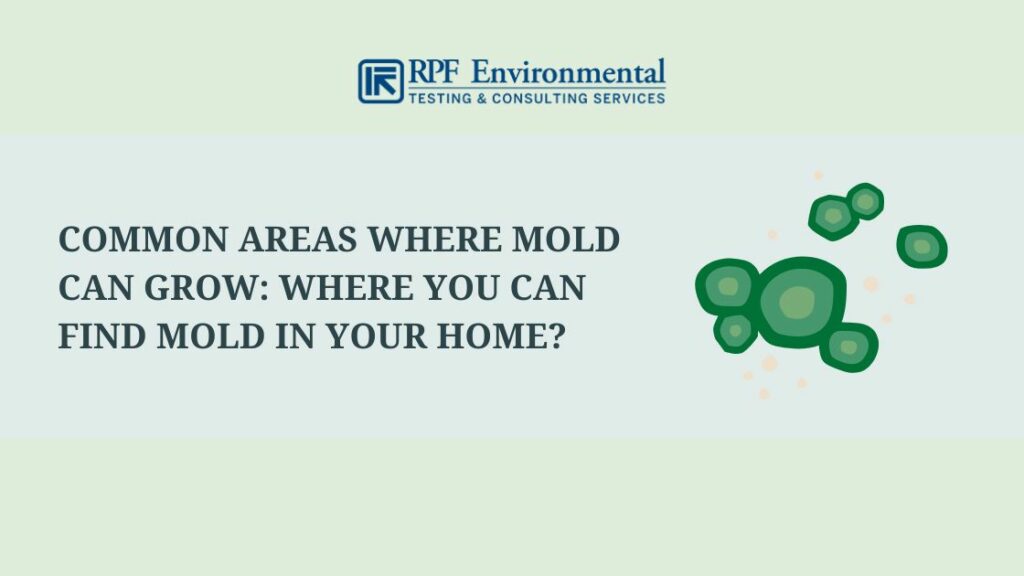Ensuring Compliance With Laws: the Duty of Mycotoxin Evaluating in Quality Assurance
Making certain conformity with strict guidelines is paramount for preserving food safety and security, and the function of mycotoxin testing in quality control can not be overstated. Mycotoxins, poisonous compounds created by particular molds, position significant health and wellness risks, making their discovery essential in food production.
Recognizing Mycotoxins
Recognizing mycotoxins is basic to making sure the high quality and security of agricultural items. The most notorious mycotoxins consist of aflatoxins, fumonisins, trichothecenes, and ochratoxins, each connected with certain fungal species and ecological problems.
The visibility of mycotoxins in food can result in persistent and intense wellness problems, including liver damages, immune suppression, and carcinogenic results. Their detection and metrology are vital components of top quality control in agricultural and food markets. The complexity of mycotoxin contamination requires a multifaceted strategy, utilizing advanced analytical strategies such as liquid chromatography, mass spectrometry, and enzyme-linked immunosorbent assays (ELISA) By recognizing the sources, kinds, and effects of mycotoxins, stakeholders in the agricultural market can better apply preventative steps and alleviate risks, making sure much safer intake for end-users. This understanding forms the bedrock upon which reliable mycotoxin management practices are constructed.
Regulative Requirements for Mycotoxins
Having established a fundamental understanding of mycotoxins and their influence on food safety and security, it is crucial to assess the regulatory standards regulating their existence in agricultural products. Governing criteria for mycotoxins are vital since they specify permissible limits, ensuring food safety and safeguarding public health and wellness. Different worldwide and nationwide companies have set these limitations based upon thorough danger evaluations.
The Codex Alimentarius Compensation, a worldwide body established by the FAO and WHO, provides standards and optimum permitted levels for various mycotoxins in food and feed. The Codex has established limitations for aflatoxins in peanuts, maize, and dried figs, among other commodities. These criteria are commonly embraced or adapted by individual nations to fit their particular demands.
In the European Union, Guideline (EC) No 1881/2006 states optimum levels for a number of mycotoxins, such as aflatoxins, ochratoxin A, and deoxynivalenol, in different food products. Similarly, the U.S. Fda (FDA) has developed action degrees for mycotoxins like aflatoxins in commodities such as nuts and grains.
Adherence to these regulatory standards is crucial for keeping market gain access to, consumer depend on, and public health. Non-compliance can cause substantial economic losses and wellness risks, highlighting the significance of strict mycotoxin screening procedures.
Examining Methods and Technologies

ELISA is commonly valued for its quick and economical testing abilities, making it suitable for high-throughput environments. It relies upon antibodies to detect details mycotoxins, offering lead to a relatively short time frame. However, its sensitivity may be restricted compared to a lot more innovative methods.
HPLC, on the other hand, stands out in supplying quantitative analysis with high accuracy and accuracy. It divides complicated mixtures into specific components, making it highly reliable for recognizing and evaluating multiple mycotoxins simultaneously - Mycotoxin testing Services. This method, while extra lengthy and resource-intensive than ELISA, provides a greater level of reliability

LC-MS represents the this website peak of analytical uniqueness and sensitivity. Integrating the separation power of fluid chromatography with the discovery abilities of mass spectrometry, LC-MS can detect also trace my website levels of mycotoxins. This approach is essential for verifying the presence of mycotoxins in forensic and regulative contexts, ensuring conformity with rigorous safety and security criteria.
Implementing Evaluating Methods

Incorporating these sophisticated screening methods into a thorough quality assurance framework demands a well-structured strategy to executing testing methods. To attain this, organizations should initially perform a comprehensive risk analysis to recognize possible mycotoxin contamination factors within the supply chain. This assessment informs the growth of a tailored screening method that addresses particular vulnerabilities.
Following, developing standard tasting procedures is critical. Regular tasting ensures that examination results are trusted and agent of the entire batch (Mycotoxin testing Services). Sticking to guidelines from regulative bodies, such as the FDA or EFSA, aids keep conformity and enhances the credibility of the testing process
Educating workers is an additional crucial part. Staff must be efficient in both sample collection and the procedure of testing devices. Normal training sessions and certification programs can guarantee that staff member stay updated with the current methods and regulatory changes.
Benefits of Mycotoxin Examining
Mycotoxin screening uses countless benefits that significantly enhance the safety and top quality of food and feed products. Mainly, it functions as an essential control action to avoid contaminated items look at this now from reaching the consumer market, thereby guarding public health. By recognizing and evaluating mycotoxins such as fumonisins, aflatoxins, and ochratoxins, manufacturers can ensure that their items fulfill stringent governing requirements, thus avoiding prospective lawful effects and associated expenses.
In addition, mycotoxin screening adds to the financial feasibility of food and feed markets by minimizing the threat of large product recalls. The capacity to separate and spot infected batches early in the manufacturing process decreases waste and stops the monetary losses related to broken brand name reputation. Moreover, it cultivates consumer trust and loyalty, as clients are significantly knowledgeable about food safety issues and demand better requirements.
The implementation of routine mycotoxin testing also promotes best practices within agricultural and production sectors. By adhering to extensive testing protocols, firms can maximize their quality assurance processes, enhance operational effectiveness, and make certain the consistent manufacturing of secure, top quality items. Finally, the advantages of mycotoxin testing are diverse, adding to public wellness, financial security, and market stability.
Conclusion
Mycotoxin testing is vital in making certain compliance with regulative criteria, consequently preserving food safety and security and high quality control. Thus, mycotoxin screening stays an indispensable component of modern food safety monitoring systems.
Guaranteeing compliance with rigorous regulations is critical for keeping food security, and the duty of mycotoxin testing in quality control can not be overstated.In the world of mycotoxin screening, advanced approaches and innovations are pivotal in ensuring food security and governing conformity.Mycotoxin screening uses many advantages that dramatically boost the safety and security and top quality of food and feed products.Mycotoxin testing is essential in guaranteeing compliance with regulatory standards, consequently keeping food safety and security and quality control. Thus, mycotoxin testing stays an indispensable component of modern food safety administration systems.
 Jennifer Grey Then & Now!
Jennifer Grey Then & Now! Mara Wilson Then & Now!
Mara Wilson Then & Now! Mr. T Then & Now!
Mr. T Then & Now! Neve Campbell Then & Now!
Neve Campbell Then & Now! Jonathan Lipnicki Then & Now!
Jonathan Lipnicki Then & Now!